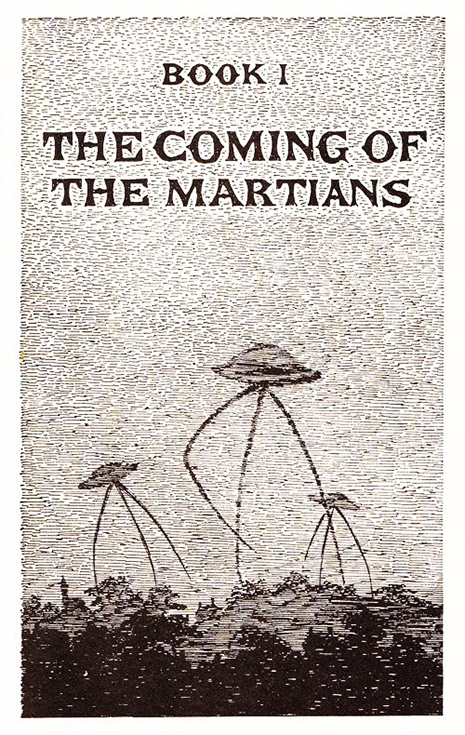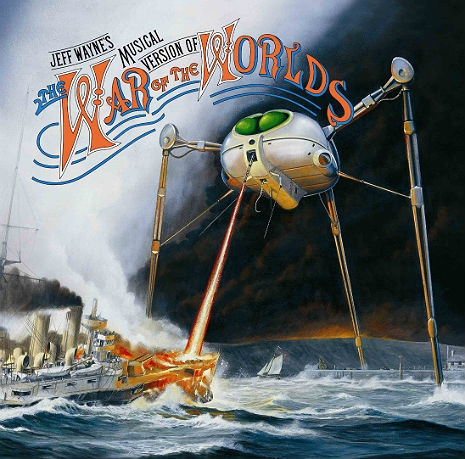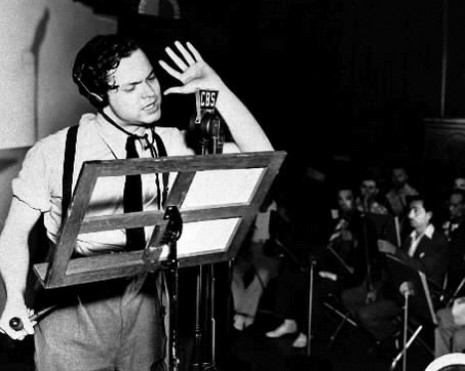
In the course of decades of obsessive crate-digging, I’ve turned up plenty of oddities. Most of them stay in the bins, but there will always be things too weird or wonderful to resist. But a really good dig is one which results in me exclaiming aloud in the store, to no one in particular, “HOLY SHIT WHAT IS THIS AND HOW HAVE I NEVER HEARD OF IT BEFORE?”
A couple weeks ago, that record was Jeff Wayne’s Musical Version of the War of the Worlds—apparently a massive phenomenon in the UK and Australia (live productions and tours are frequent and extremely popular), but it’s arcana for the connoisseur in the US, where its initial 1978 pressing and its few subsequent reissues all failed to chart. Wayne was the son of a theatrical producer, and had scored his father’s production of A Tale of Two Cities in 1966. In 1973, after a career of composing music for TV ads, he distinguished himself in the rock world by producing and playing keyboards on David Essex’s unkillable beast Rock On, meaning we owe Mr. Wayne indirect thanks for that great Patton Oswalt bit about blowing Michael Damian behind the Tilt-A-Whirl at the state fair. Wayne was able to parlay that massive success into the rights to create a War of the Worlds concept album and interest from CBS Records in funding and releasing the massively ambitious (not to say BLOATED, no sir, nuh uh) project.
The result was a double LP of slick lite-prog laced with disco’s rhythmic tropes, featuring the voices of Sir Richard Burton, Thin Lizzy’s Phil Lynott, The Moody Blues’ Justin Hayward, and—surprise!—David Essex, adapting H.G. Wells’ novel for narration and song. Other notables in the credits include guitar ace and Sex Pistols demo producer Chris Spedding, and musical theater vet Julie Covington, an alum of Godspell, The Rocky Horror Show, and the first singer to record “Don’t Cry For Me, Argentina.” The album comes packaged in a gatefold with a book containing the complete script and some awesome paintings, mostly by noted Lord of the Rings cover artist Geoff Taylor, a few of which we’ll gladly share. Clicking spawns an enlargement.

More after the jump…











